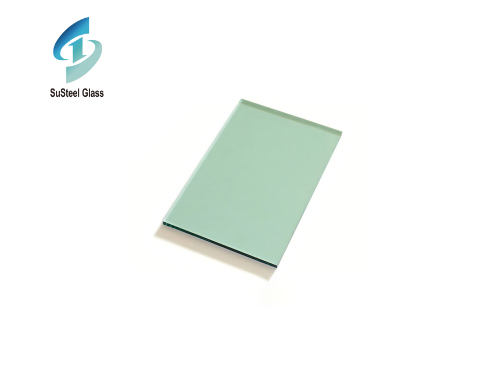Introduction:
The use of glass in furniture design has evolved beyond traditional applications, becoming a symbol of contemporary elegance and innovation. This article explores the diverse ways in which glass enhances furniture, providing both aesthetic appeal and functional benefits in various settings.
Glass offers a wide range of design possibilities, making it a versatile material for furniture creation. From minimalist modern designs to intricate, classic styles, the adaptability of glass allows furniture designers to push the boundaries of creativity.
Glass for furniture seamlessly integrates into diverse interior styles, creating a timeless and sophisticated aesthetic.
Tabletops: Glass tabletops are a popular choice for dining tables and coffee tables. They provide a sleek and transparent surface that adds an open and airy feel to a space. The transparency of glass also allows for the visibility of intricate table bases or decorative elements underneath.
Shelving: Glass shelves contribute to an illusion of space and provide an excellent platform for displaying decorative items or books. The transparency of the glass ensures that the shelves do not visually clutter a room, making them ideal for smaller spaces.
Cabinetry: Glass-fronted cabinets offer an elegant way to showcase fine china, glassware, or collectibles while keeping them protected. This design choice adds a touch of sophistication to kitchens, dining rooms, or living spaces.
Functional Advantages:
Beyond its aesthetic appeal, glass furniture comes with several functional advantages that contribute to its popularity in contemporary design.
Light and Space: Glass has the unique ability to reflect and refract light, creating a brighter and more open feel in a room. This quality is especially advantageous in smaller spaces, where maximizing natural light is essential.
Easy Maintenance: Glass surfaces are easy to clean and maintain, making them a practical choice for furniture. Unlike some materials, glass is resistant to stains and does not absorb odors, ensuring a hygienic and long-lasting finish.
Durability: Contrary to common misconceptions, tempered glass, often used in furniture, is highly durable and resistant to breakage. This makes glass furniture a reliable and safe choice for various applications.
Innovations in Glass Technology:
Advancements in glass manufacturing technologies have expanded the possibilities for furniture designers. Tempered glass, laminated glass, and even colored glass provide new avenues for creative expression while maintaining structural integrity and safety.
Tempered Glass: Tempered glass undergoes a heat treatment process that enhances its strength and safety. This makes it an ideal choice for furniture, ensuring durability and resistance to breakage.
Laminated Glass: Laminated glass consists of multiple layers bonded together, adding an extra layer of safety. In the event of breakage, the glass adheres to an interlayer, preventing shards from scattering.
Conclusion:
Glass has transcended its conventional role and emerged as a dynamic and essential material in contemporary furniture design. Its ability to marry aesthetics with functionality, coupled with innovations in glass technology, opens up endless possibilities for creative expression in interior design. Whether used in tables, shelves, or cabinets, glass for furniture continues to redefine the boundaries of style, offering a sophisticated and modern touch to homes and commercial spaces alike.


 Exploring the World of Green Tinted Glass Products: Versatility and Sustainability
Exploring the World of Green Tinted Glass Products: Versatility and Sustainability
 Exploring the Versatility and Elegance of Custom Thick Glass
Exploring the Versatility and Elegance of Custom Thick Glass



